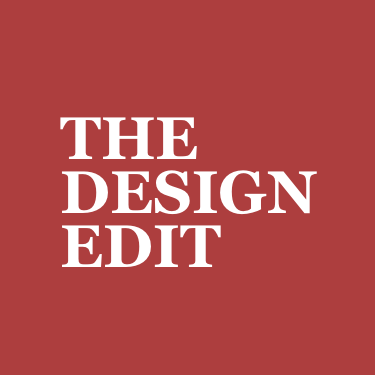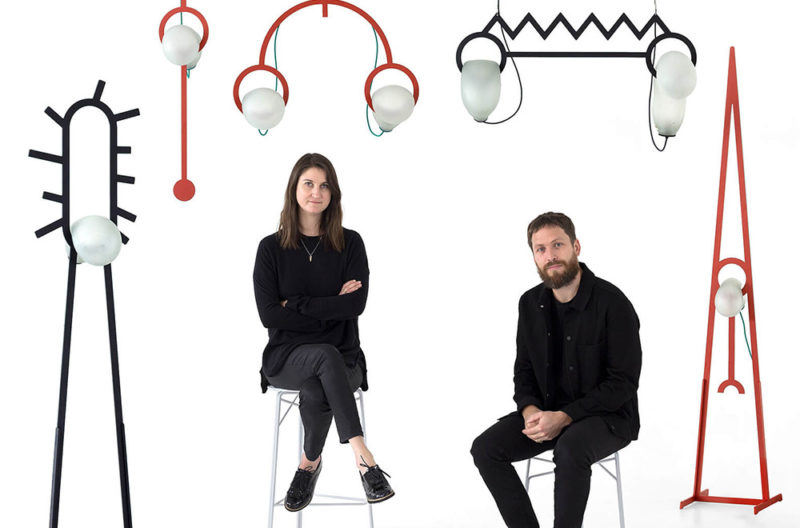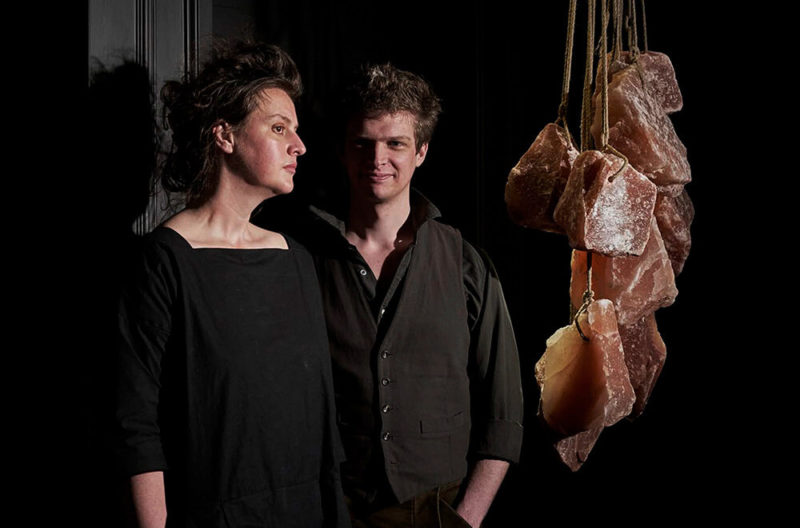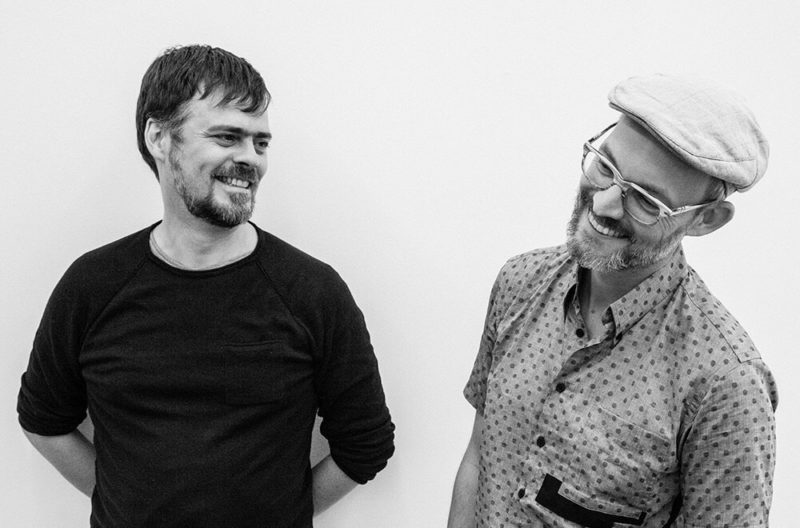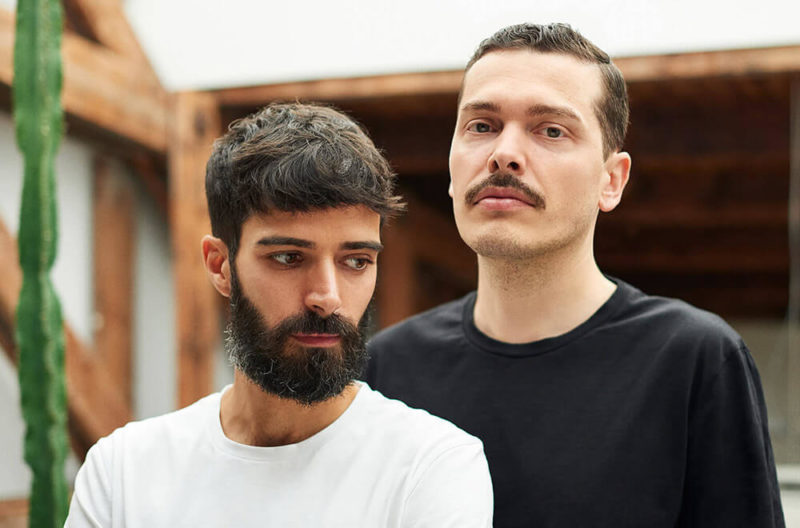Design Duos / Soft Baroque
Self-described 'Domesticated savages' who have created a platform to dream, imagine and create together.
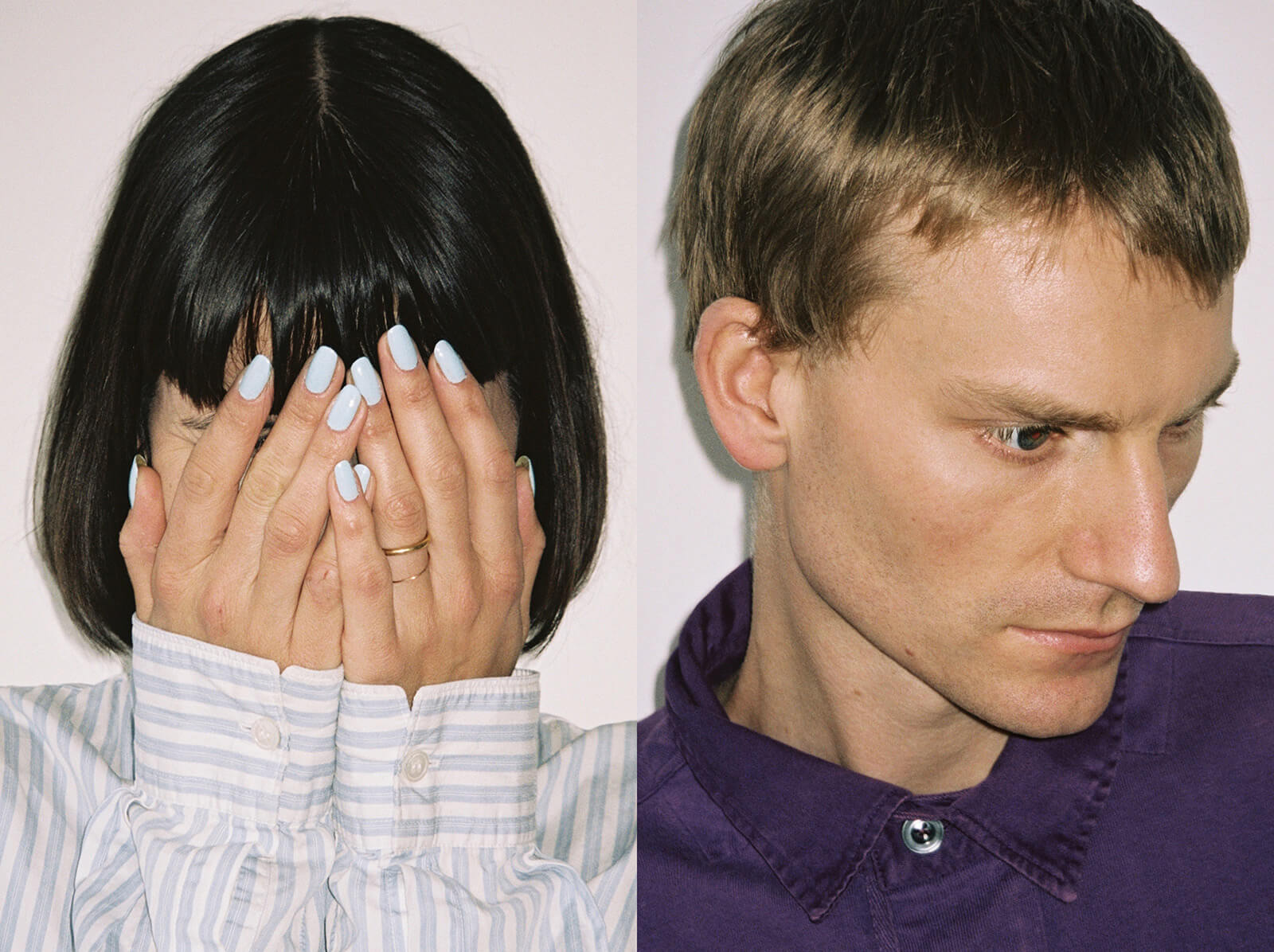
Saša Štucin and Nicholas Gardner
COURTESY: Soft Baroque / PHOTOGRAPH: Davit Giorgadze
The intriguingly named Soft Baroque design studio is a working partnership between British designer Nicholas Gardner and Slovenian designer Saša Štucin. Their work occupies the vital creative territory between functional object design and conceptual art. Their startling installation ‘New Surface Strategies’ in Milan, in 2015, combined furniture making with digital projection to make a point about fantasy and the flimsiness of much contemporary furniture mass-production. In the spring of 2019, their presentation at Etage Projects in Copenhagen included furniture arranged against large PVC two-dimensional backdrops. Gardner describes this installation as a “poem folding in on itself” suggesting an approach to furniture design far from mainstream. And yet Soft Baroque also seduce – their “puffy bricks” wall created in 2018 for the London pop-up of Swedish furniture design brand HEM, for instance, is sensual, witty and easy to love. The Design Edit caught up with the duo as they sheltered in Slovenia with their month-old baby before returning to the fray.

Soft Baroque, ‘Black Nickel & Flowers’ light vase, 2017
COURTESY: Soft Baroque
The Design Edit (TDE): How did you meet?
Soft Baroque (Nicholas Gardner): We were both at the Royal College of Art – we graduated in 2013 – but we were on different courses. I was in product design and Saša in visual communication. And we didn’t really connect at all while at college … it was really through friends of friends that we met.
Soft Baroque (Saša Štucin): Our first informal meeting was when I produced this very heavy concrete object in the product design workshop and I was stuck with it on the sixth floor and Nicholas happened to pass. I asked him to help me move it and he said, “No”, as if to say, “What’s wrong with you?” So that was our first interaction, which didn’t go very smoothly at all. And then we exhibited together in the graduation show curated by Ute Meta Bauer, who was the Dean of Fine Art at the time. At that point I think we started to be intrigued by each other because we very quickly connected in the ways that we thought.
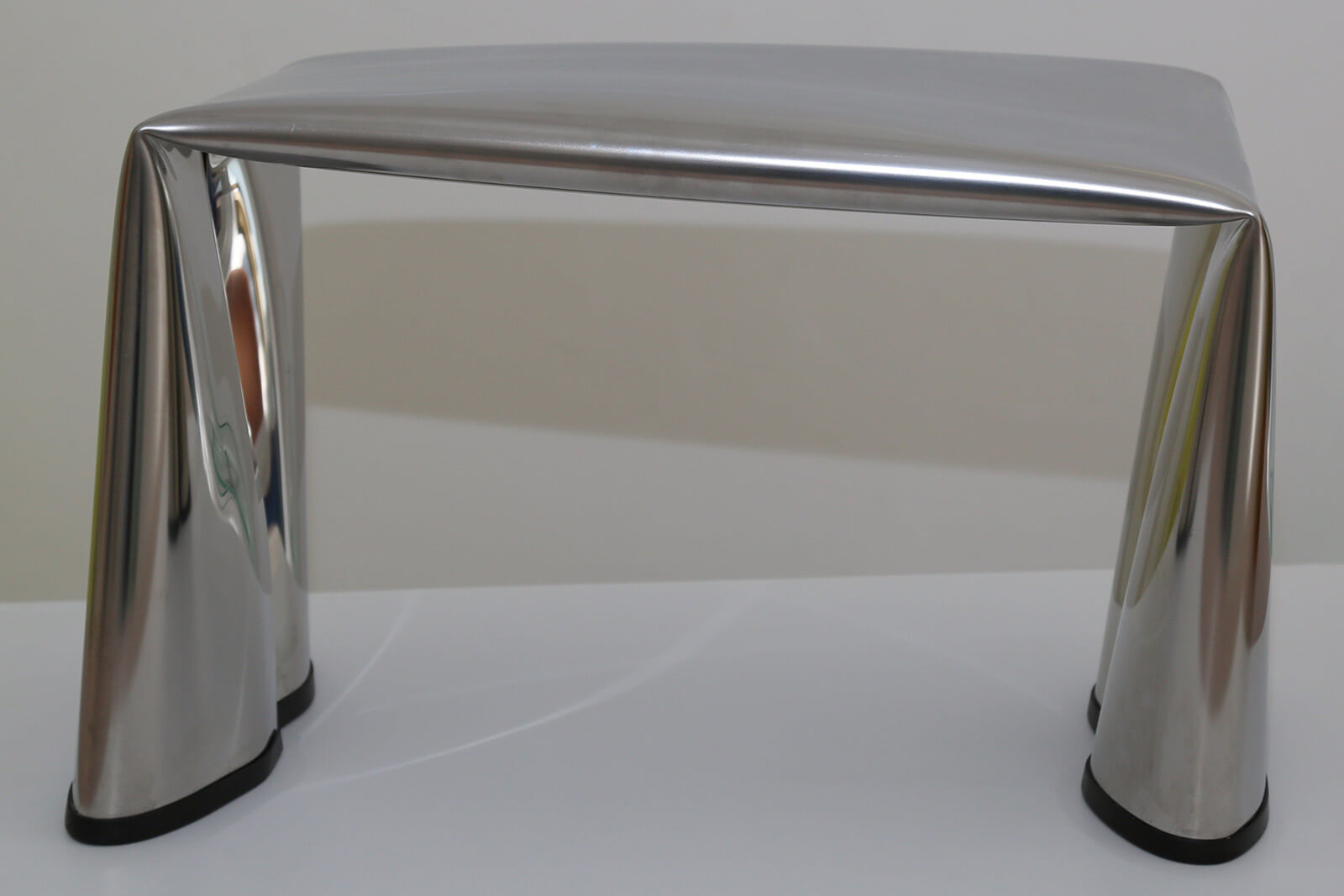
Soft Baroque, ‘Stainless Steel Bench’, 2013
COURTESY: Soft Baroque
TDE: What drew you to work with each other?
Soft Baroque (Nicholas Gardner): We started a relationship before we started working together, and when you are young, and when you are in love, there is no real plan …
Soft Baroque (Saša Štucin): … you want to do everything together and rebuild the universe. It was never intended to be a serious practice that would occupy most of our time, like it does now, it was just a platform for us to dream and imagine together. For a long time it was more of a weekend project, making things in our primitive workshop in the garden. We managed to build some quite big projects in there – people were surprised! We also had other day jobs: Nick was working as an assistant for another designer and I had some consulting jobs. Our practice grew organically from that point.
Soft Baroque (Nicholas Gardner): The name of our studio came when we were walking around an art fair and we saw this ornate, baroque painting with a frame that had padded soft corners. “Soft Baroque” was just a term that rolled off the tongue when we saw that painting. It started as a joke, but then we began thinking about the name and how it encapsulated for us the duality between wanting to be very total, very gestural and very expressive – in both design and art – but also trying to be soft, acceptable and suitable for the market. There was also the contrast between real, hard, object making and ‘soft’, as in ‘software’.
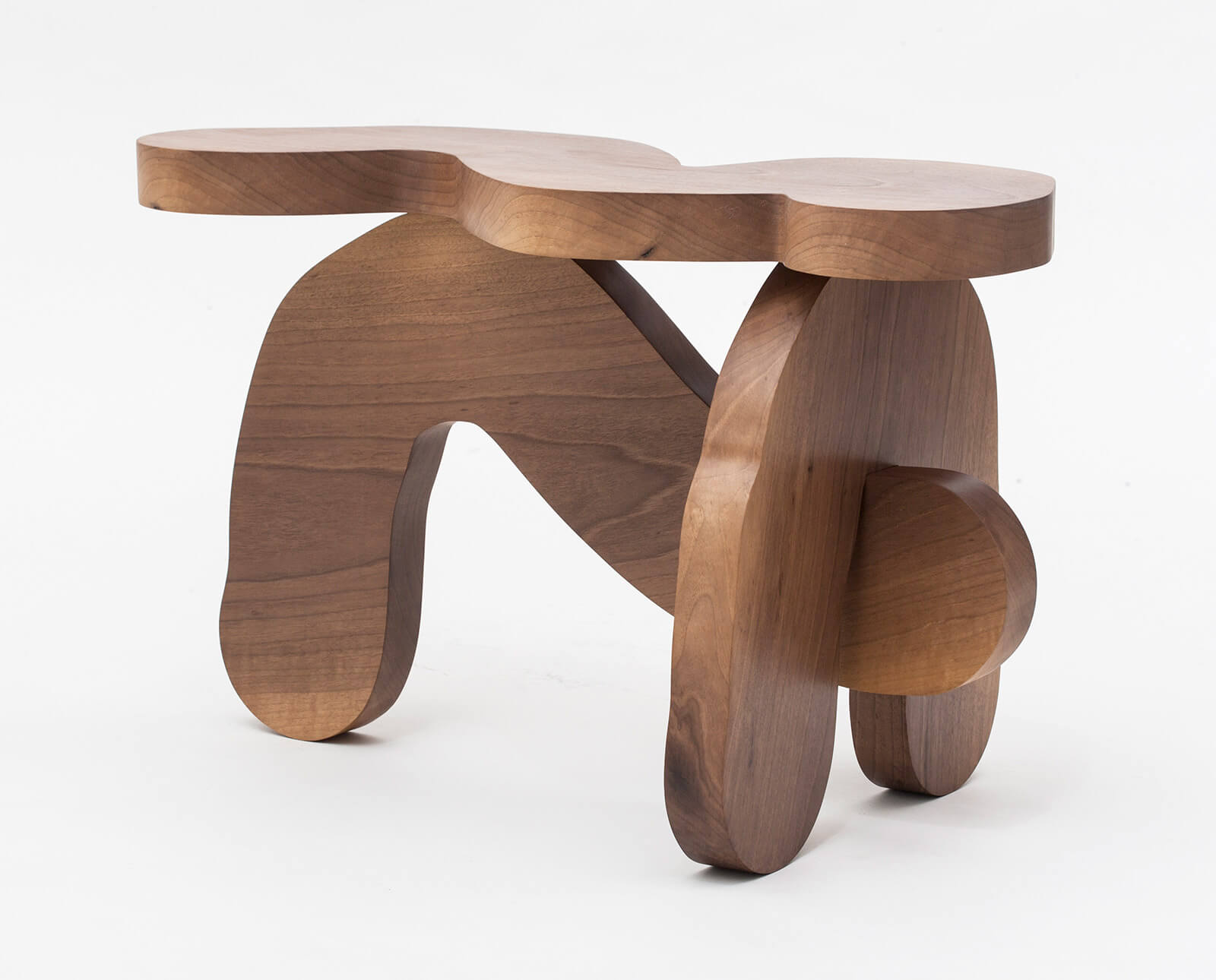
Soft Baroque, ‘Hard Round’ bench, 2016
COURTESY: Soft Baroque
Soft Baroque (Saša Štucin): When I was studying for my BA in Ljubljana, it was a time of superstar design personalities like Philippe Starck. I knew that I wasn’t interested in building a name for myself – and neither was Nick. We were more interested in creating this entire universe, this atmosphere that people can connect to.
Soft Baroque (Nicholas Gardner): The name ‘Soft Baroque’ seemed like an artificially created design movement for us, so for sure there was a sense of irony. A lot of our work depends on having our feet in two camps: being completely genuine and optimistic whilst trying to enhance a function – but also constantly questioning conventional values and ideas of taste.
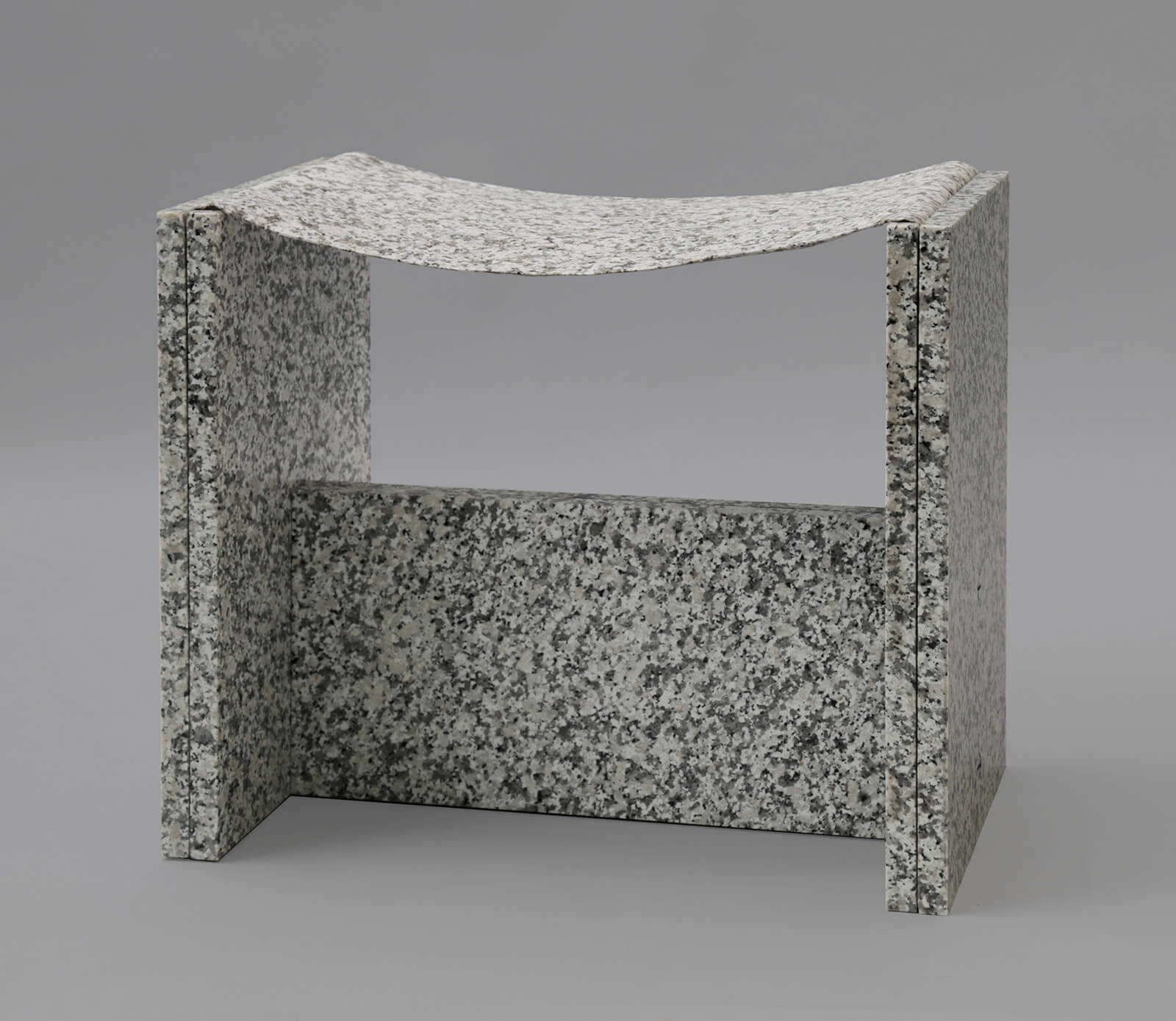
Soft Baroque, ‘Surface Service’ bench, 2016
COURTESY: Soft Baroque
TDE: How has your combined output evolved?
Soft Baroque (Nicholas Gardner): Saša wanted to make a coffee table for her friend as a wedding present, which was an architectural replica of the very famous building in Capri, Casa Malaparte. So that was our first collaboration. I had a space in a garage so we made it there.
Soft Baroque (Saša Štucin): That was the first piece we physically made together and through which we discovered how many fantasies we shared. Then we made a mirror ‘Lenticularis’, which was our first real collaboration.
Soft Baroque (Nicholas Gardner): It had two perforations in the centre with a cloud of atomised water emanating from these eye holes. It was a kind of room-fragrancer/mirror/dynamic object that provided a hypnotising show. It was a little poetic object, I guess, but, for us, it really captured the interaction between Saša and I.
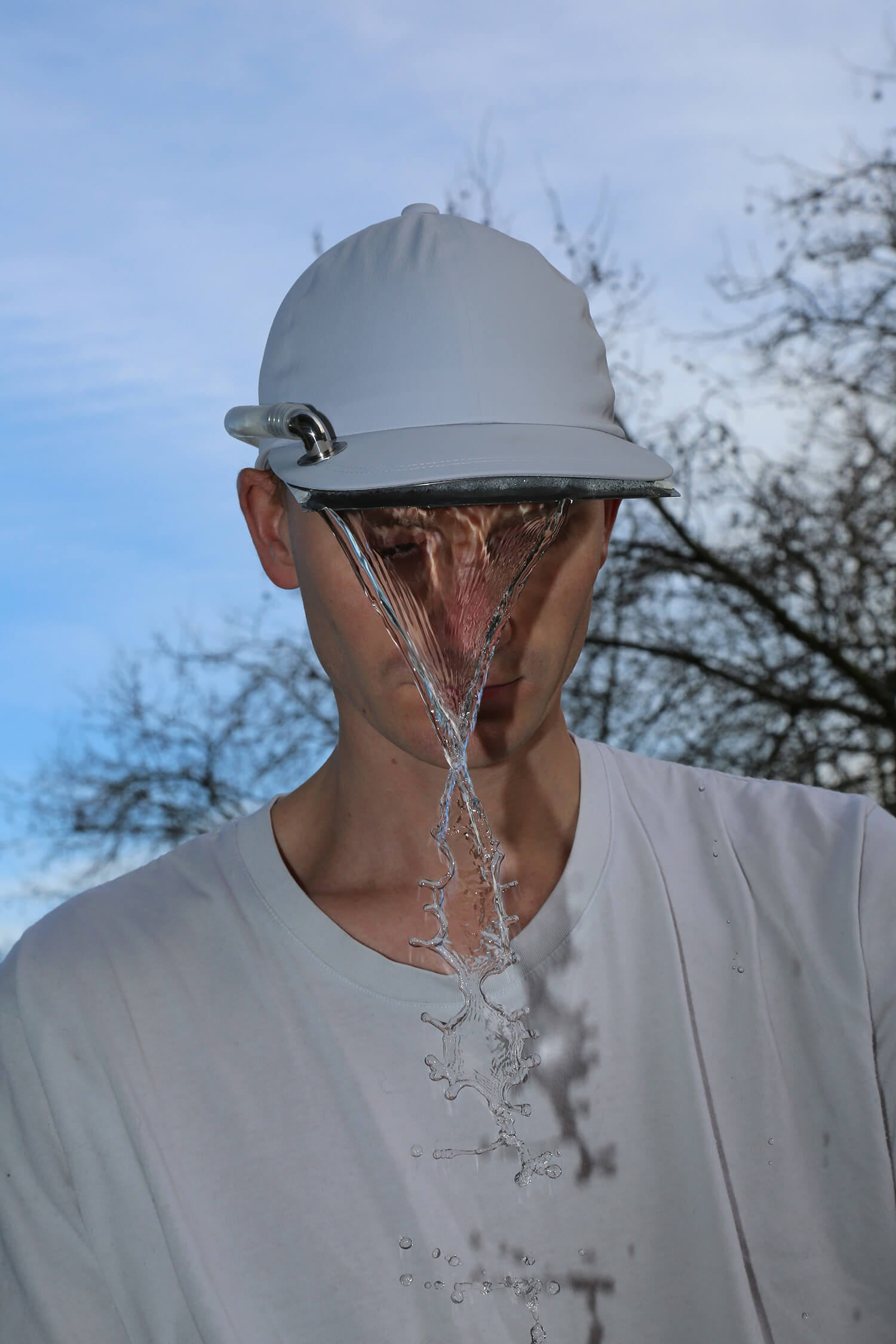
Soft Baroque, ‘Waterfall Cap’, 2014
COURTESY: Soft Baroque
Soft Baroque (Saša Štucin): Coming from a very different environment than London, I became interested in dislocating natural phenomena into domestic spaces, and using that as a tool to create nuanced experiences. Objects seemed a good medium in which to do that, because I was struggling to express that strong emotion and interaction in two dimensions. For me, coming from two dimensions into three-dimensional object-making was a liberation – being able to make people feel the way I had wanted to make them feel before. So, the mirror was the first object made together in one of our free weekends. The more serious object, made to be displayed as a serious proposition, was the project that we called ‘New Surface Strategies’ (2015) which we showed in Milan. Nick was working as an assistant for Max Lamb who had this big show in Milan exhibiting a group of chairs showcasing different materials and techniques. Max had this extra space which he offered to us, and the idea was that we should also show chairs. It was a bit daunting. I mean what kind of material do you show alongside Max Lamb who has worked with pretty much every material, and does it so well? It led to us thinking about material in a quite different way and we worked with this chroma blue technology and thought about material as something that isn’t permanent, but has some sort of ephemerality and flexibility.
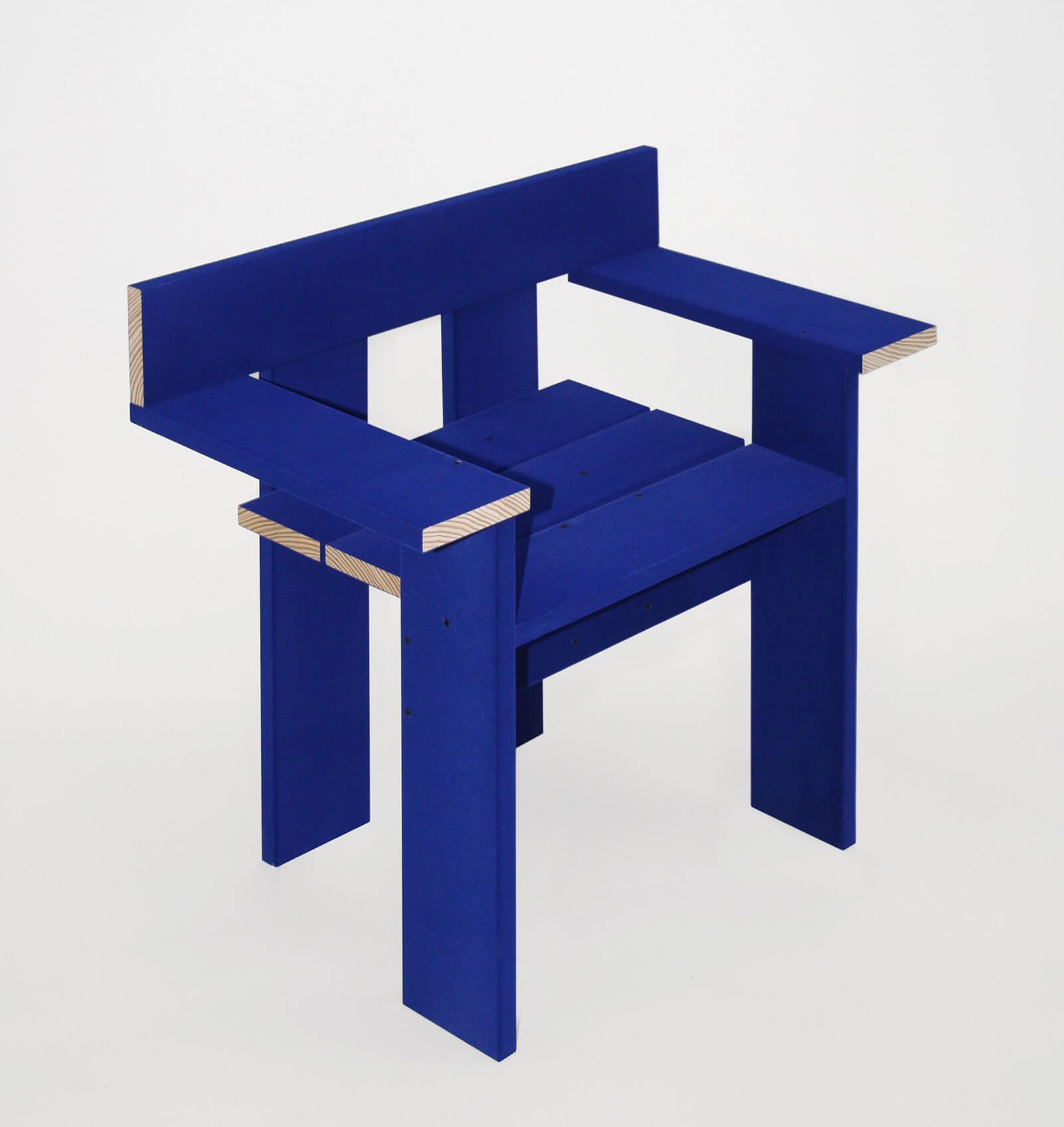
Soft Baroque, ‘New Surface Strategies’ armchair’, 2015
COURTESY: Soft Baroque
Soft Baroque (Nicholas Gardner): It was a half-digital object. Part of the object you could sit on and physically interact with, and the more decorative part – its material skin – was a digital component presented on a screen. You could watch yourself on the screen interacting with the chairs, but then the chairs would morph – changing colour, material and decorative value – depending upon what material was on them at any one time. I was always interested in looking at the way portraying value is both a method of deception and a method of taste conveyance.
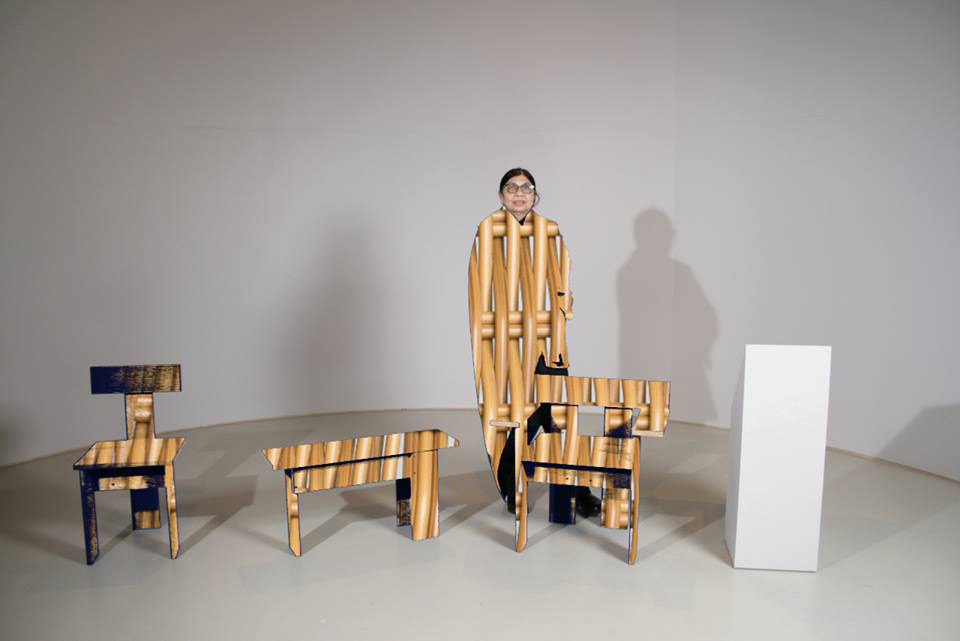
Installation view, Soft Baroque ‘New Surface Strategies’, 2015
COURTESY: Soft Baroque
We have done quite a few projects with Laura Houseley, and, in 2018, she helped with the initial ‘Puffy Bricks’ commission for HEM. It was a material experiment that had a very appealing material process-driven outcome, but for us, it was also quite a conceptual project. We liked the idea of stylistically exaggerating certain architectural or design features – in this case, a brick. It created this feeling of balloons within a unique chaotic structure, but it was also about creating an object that had an unexpected softness. Painting them that pink colour was a way of separating them a little from the process. We liked the idea of the process being visible, but we also wanted the project to be a sculpture in its own right.
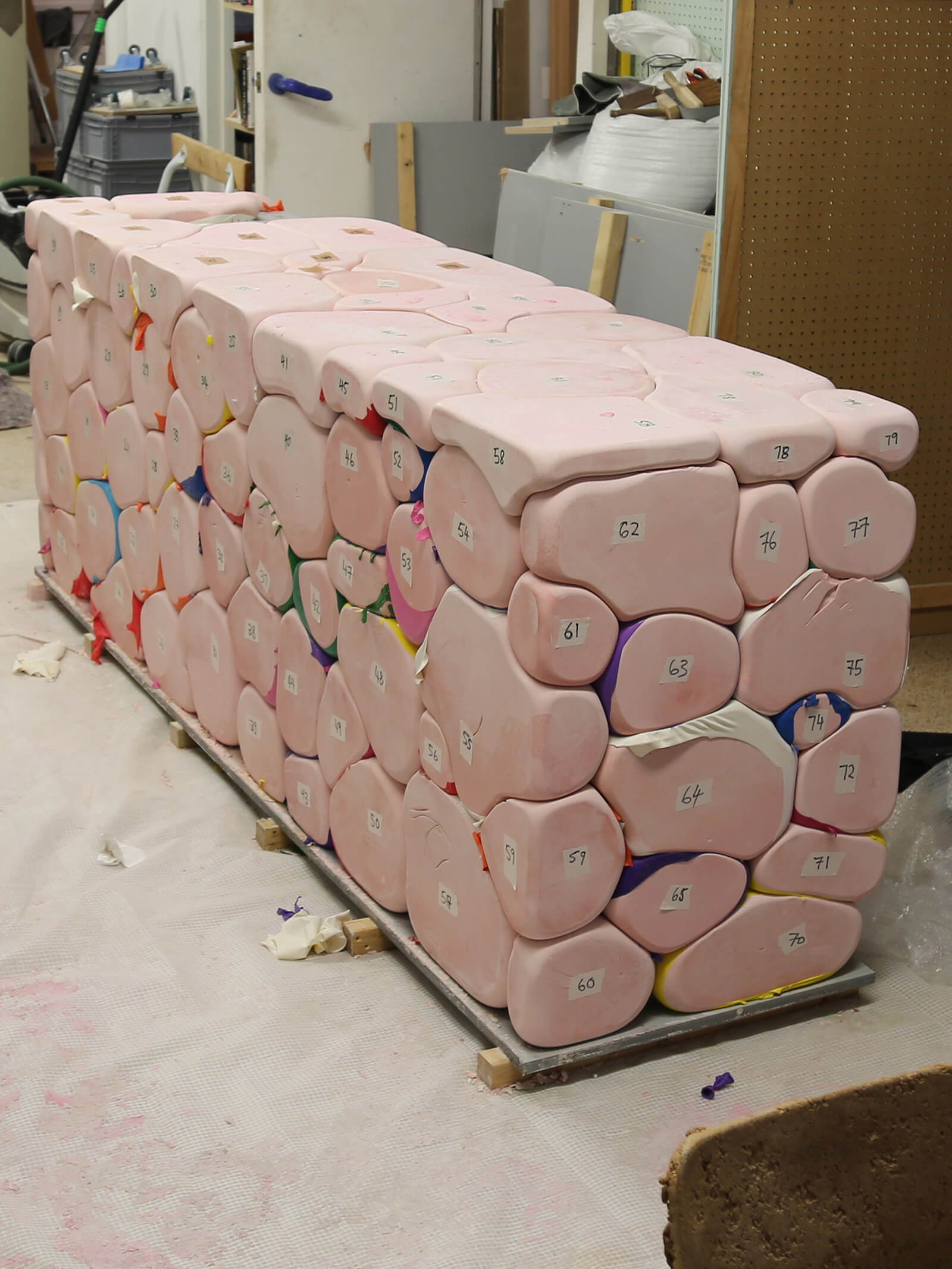
Soft Baroque, ‘Puffy Brick’, 2018
COURTESY: Soft Baroque
Soft Baroque (Saša Štucin): In spring 2019 we had a solo show at Etage Projects in Copenhagen which allowed us to look at our practice, and have fun with it.
Soft Baroque (Nicholas Gardner): The ‘World of Ulteriors’ showed a spectrum of different ideas and processes, all presented on these large PVC backdrops like those that surround a big luxury building project, which formed backdrops for our furniture. Essentially, we wanted to present our pieces in a way that accentuated the fact that they exist as furniture within the design spectrum and not as separate objects. For us, that accentuated the notion that when we design interiors they are a sort of fantasy.
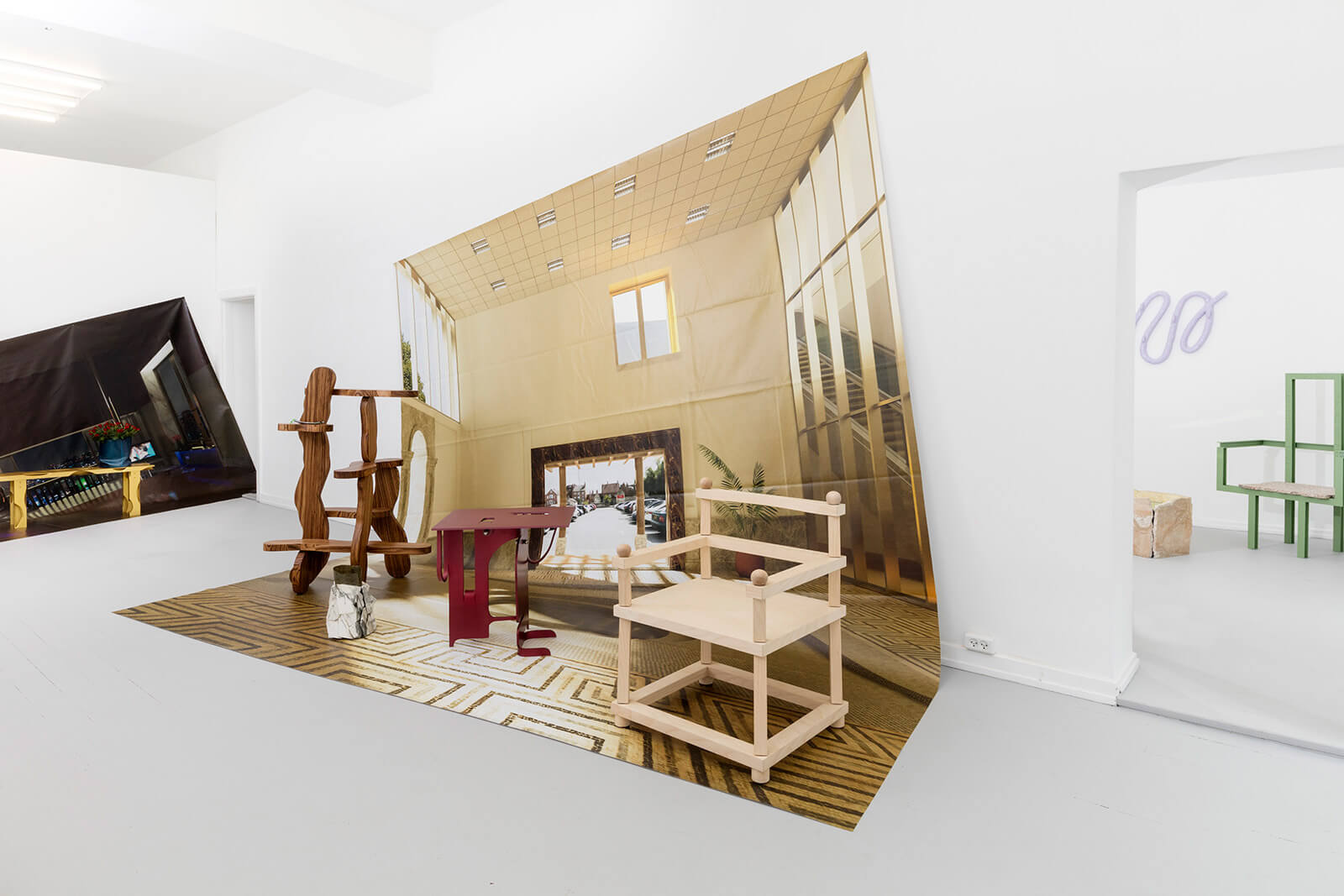
Soft Baroque, ‘World of Ulteriors’, 2019
COURTESY: Soft Baroque
TDE: How do you work creatively? Do you split the work, do your skills overlap and complement, or are you polar opposites?
Soft Baroque (Nicholas Gardner): We do split some things, but most of the creative work is done mutually.
Soft Baroque (Saša Štucin): I think in the beginning we were much more concerned to do everything together – even though we have different skills – but now we are trying to be a bit more efficient, and it just emerges naturally who does what. I would say that Nicholas is way more skilful in making than myself, so he is more in charge of how things are going to be realised.
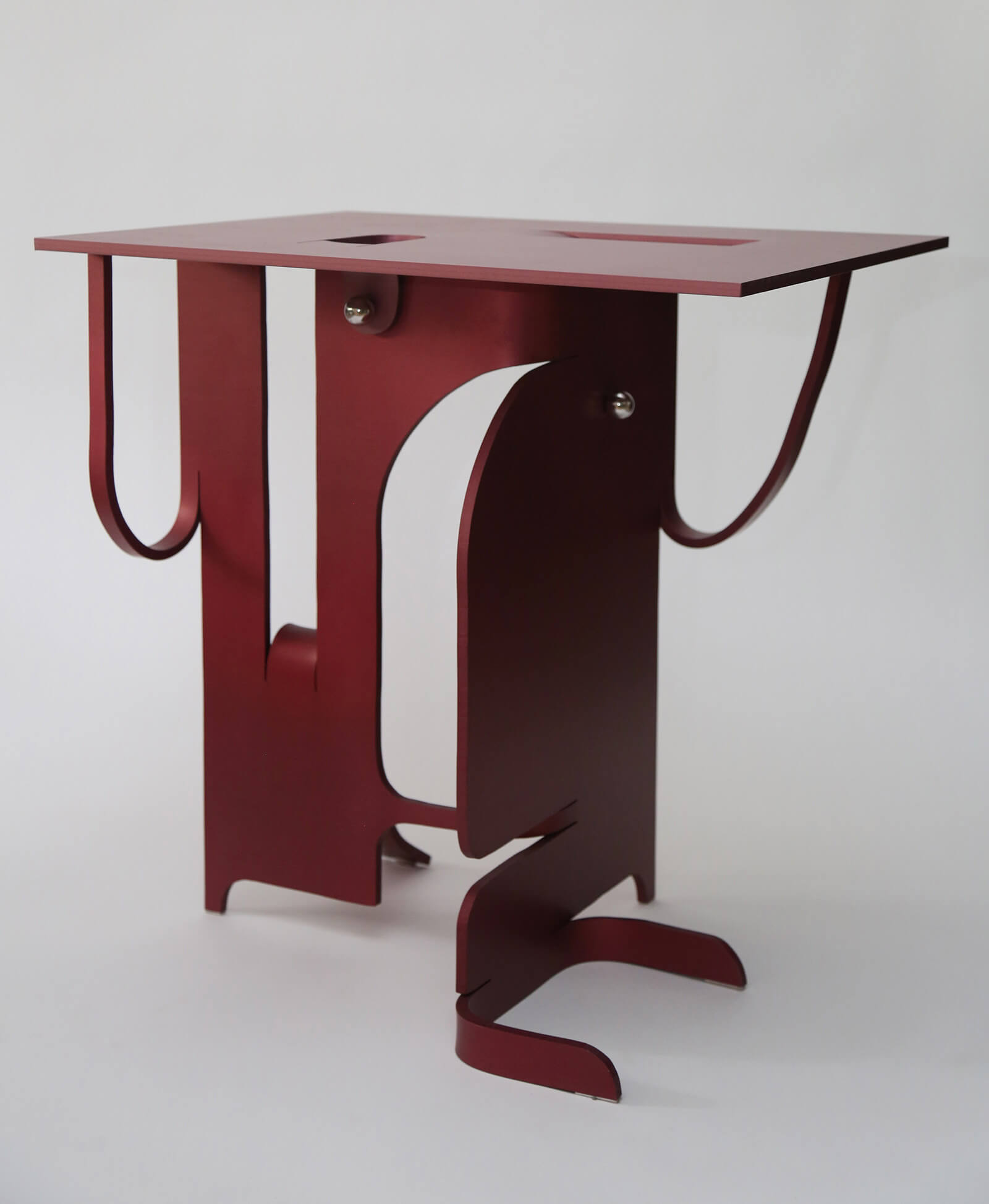
Soft Baroque, ‘Soft Metal’ table, 2018
COURTESY: Soft Baroque
TDE: How do you deal with conflicts or tensions?
Soft Baroque (Nicholas Gardner): It can be quite a traumatic experience trying to convince your partner, but we tend to come up with a better solution in the end. There is a little bit of pragmatism that comes in – how are we going to make this happen?
SB/S: I think you can always discuss things forever and perfect them, but if you don’t make things happen it is not really valid, so we both have this thing in us of “We have over-discussed this, let’s just make it.”
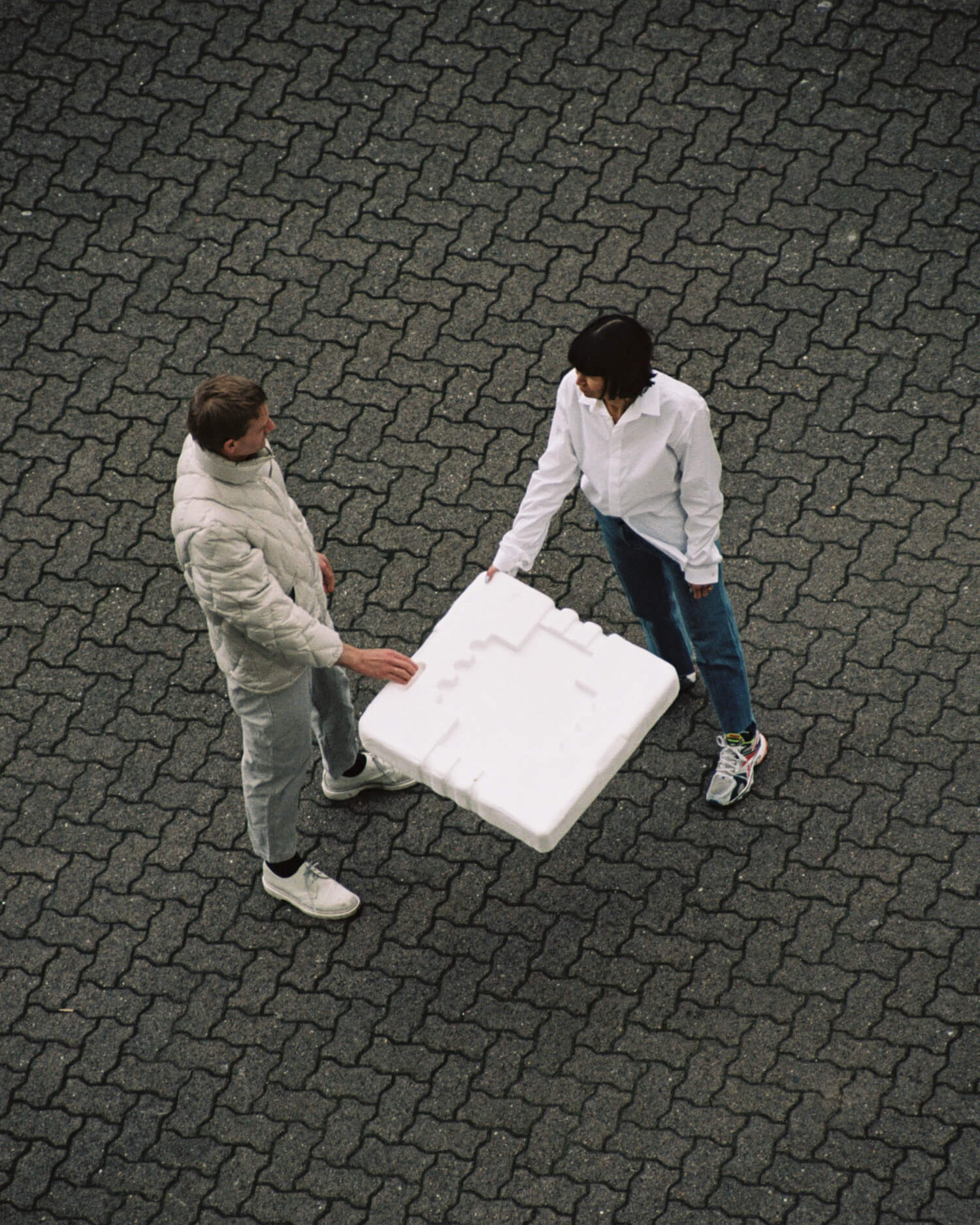
Nicholas Gardner and Saša Štucin
COURTESY: Soft Baroque / PHOTOGRAPH: Davit Giorgadze
TDE: Are two heads better than one?
Soft Baroque (Saša Štucin): When people ask “Is it easier to work together, or on your own?”, it is not a simple answer because it depends. Sometimes it can be much easier, faster and more comforting, but then in other ways it can be more difficult. If there are two people, each with their own view on a problem, each trying to convince the other, and each stubborn … the convincing can take a while!

Soft Baroque, ‘Puffy Brick’, 2018
COURTESY: Soft Baroque
TDE: What are you working on?
Soft Baroque (Nicholas Gardner): We are working on a project in Zurich in the design museum, for an exhibition called Total Space, which opens in October. We are creating an entire room there. We are also working on some outdoor furniture pieces for the Istanbul Design Biennial, which is also happening in October. We had a big Milan exhibition planned this year and that will now happen in 2021.
Soft Baroque – Nicholas Gardner and Saša Štucin work simultaneously in object design and art.
Total Space at the Museum für Gestaltung Zürich runs from 23rd October 2020 until 20th June 2021.
